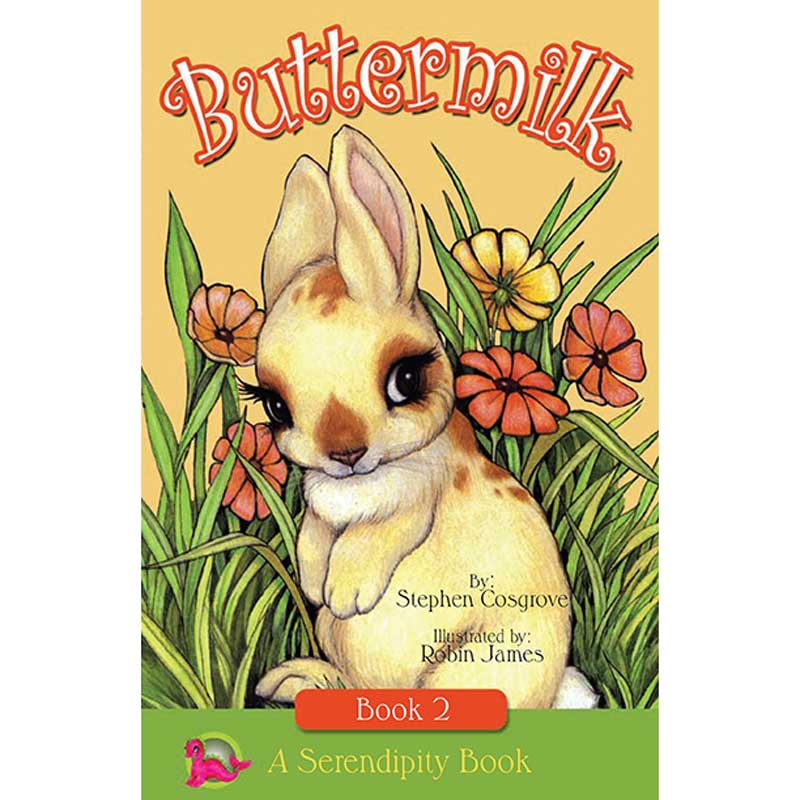Variations on Buttermilk Tale

Buttermilk tale is a versatile dish that can be enjoyed in many different ways. From savory to sweet, there are countless variations on this classic recipe. Here are a few examples:
- American buttermilk tale: This is the most common variation of buttermilk tale, and it is typically made with buttermilk, flour, sugar, baking soda, and salt. The batter is then fried in hot oil until golden brown.
- Indian buttermilk tale: This variation is made with a mixture of buttermilk, chickpea flour, and spices. The batter is then fried in hot oil until crispy.
- Jamaican buttermilk tale: This variation is made with a mixture of buttermilk, flour, sugar, and spices. The batter is then fried in hot oil until golden brown.
- Korean buttermilk tale: This variation is made with a mixture of buttermilk, flour, sugar, and spices. The batter is then fried in hot oil until crispy.
The ingredients, techniques, and flavors of these variations vary depending on the region in which they are made. However, all of these variations are delicious and can be enjoyed as a snack or meal.
Experimenting with Buttermilk Tale Recipes
There are many ways to experiment with buttermilk tale recipes. Here are a few ideas:
- Use different types of buttermilk: Buttermilk can be made from cow’s milk, goat’s milk, or sheep’s milk. Each type of buttermilk will give the tale a different flavor.
- Add different spices: Spices can be added to the batter to give the tale a different flavor. Some popular spices to use include cinnamon, nutmeg, ginger, and cloves.
- Add different toppings: Buttermilk tale can be topped with a variety of toppings, such as fruit, whipped cream, or ice cream.
By experimenting with different ingredients, techniques, and toppings, you can create your own unique buttermilk tale recipe.
Buttermilk Tale in Modern Cuisine

Buttermilk tale, a fermented dairy product, has emerged as a versatile ingredient in contemporary culinary creations. Chefs are exploring its unique tangy flavor and textural properties to push the boundaries of modern cuisine.
Chefs’ Innovations with Buttermilk Tale
Chefs are incorporating buttermilk tale into a wide range of dishes, from savory to sweet. Its acidity adds a bright and refreshing note to sauces, marinades, and dressings. In baking, buttermilk tale lends a tender crumb and a slightly tangy flavor to breads, cakes, and pastries.
- Savory Applications: Buttermilk tale is used in marinades for grilled meats and poultry, imparting a tender and flavorful crust. It also adds a tangy depth to sauces, such as pan sauces and vinaigrettes.
- Baking: In baking, buttermilk tale reacts with baking soda or powder to create a light and fluffy texture. It is a common ingredient in buttermilk biscuits, pancakes, and muffins.
- Sweet Delights: Buttermilk tale adds a subtle tanginess to desserts, such as buttermilk ice cream, panna cotta, and cheesecakes. Its acidity balances the sweetness, creating a refreshing and complex flavor profile.
Pushing Culinary Boundaries
Innovative chefs are experimenting with buttermilk tale in unconventional ways. Some notable examples include:
- Buttermilk Tale Foams: Chefs are creating airy and flavorful foams using buttermilk tale. These foams can be used as garnishes or as a light and tangy base for soups and sauces.
- Buttermilk Tale Emulsions: Emulsions made with buttermilk tale combine its tangy flavor with the richness of fats. These emulsions can be used as dressings for salads or as a base for sauces.
- Buttermilk Tale Cured Meats: Buttermilk tale is being used to cure meats, imparting a unique tangy and tender flavor. This technique has been applied to meats such as pork belly, bacon, and ham.
As chefs continue to explore the versatility of buttermilk tale, it is likely to become an even more prominent ingredient in modern cuisine, inspiring new and innovative culinary creations.